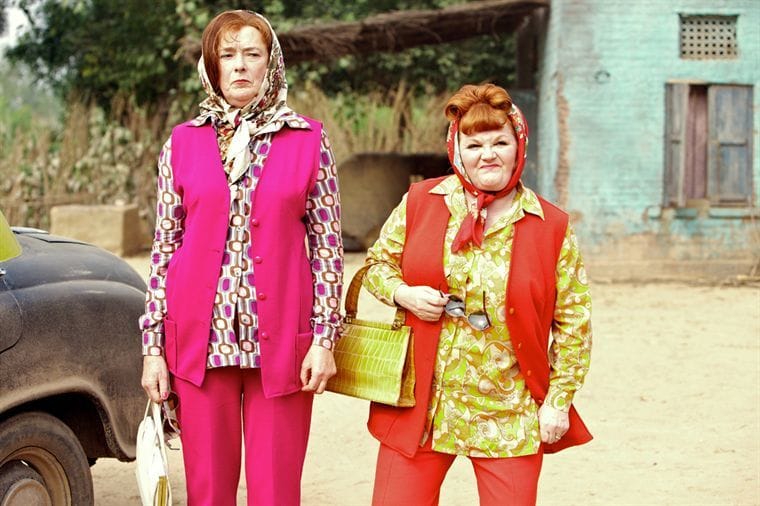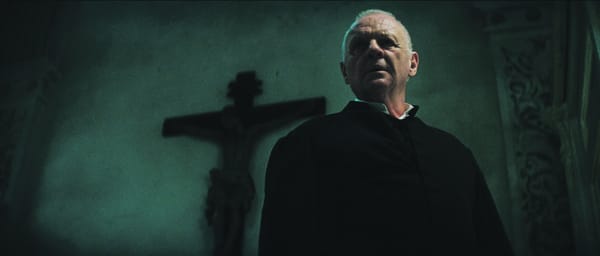How long is too long for a sequel?
Jade Hoffman names and shames some of the worst, long-awaited sequels

After the release of West is West last Friday was greeted by mostly tepid reviews, it may be disappointing – yet not all that surprising – that the sequel to 1999’s critically acclaimed East is East fell so flat. It’s been 12 years since the low-budget East is East stormed British cinema with its heart-warming, brilliantly funny portrayal of a British-Pakistani family living in Salford in the early 1970s and, in its time, it won a good handful of awards including a BAFTA for Best British Film. For it’s sequel, however, it looks unlikely that any similar levels of success are to be achieved.
Unlike many belated sequels that are cobbled together to cash in a little more on a successful franchise, West is West actually features much of the same cast and crew that made its predecessor so well-received. Among others, the pitch-perfect Om Puri and Linda Bassett reprise their roles in this follow-up that, once again, is written by Ayub Khan-Din as based on his own experiences. It looks good on paper, and perhaps would’ve been a more welcome sight on cinema billboards if this were ten years ago, but with the film industry churning out films so quickly, audiences move on. You need only look at the posters for West is West that proclaim its status as “Sequel to smash hit East is East!” to realise that they are grasping at straws. Are people still demanding a sequel after twelve years?
This is not the only time this kind of pattern has been seen. In recent years, the desperation to snatch back the former glory of profitable, much-loved franchises has caused the release of films like TRON: Legacy and Indiana Jones and the Kingdom of the Crystal Skull that, despite taking advantage of modern filmmaking technology, failed to add anything of much value. TRON and Indiana Jones, which saw their latest installments released after lapses of twenty-eight and nineteen years respectively, were hugely anticipated in the overhyped build-up to their release but invariably had fans leaving cinemas muttering the same old criticism: “it wasn’t as good as the original…”
It isn’t a strict rule, though, that every film sequel released long after its precursor is going to be underwhelming flop. The Color of Money, for example, opened to rave reviews and won an Academy Award for Paul Newman reprising his role from The Hustler despite the twenty-five year gap between the two. Not every film, however, is fortunate enough to be graced with the timeless talent of Paul Newman – as fans of the Rambo franchise might have released if they bothered to go and watch Sly Stallone’s 2008 Rambo (IV) that saw Stallone, twenty-years on from Rambo III relying on massively cranking up the violence to cover for a lack of quality.
For the most part, it is just a shame that West is West and other sequel late-comers don’t quite manage to replicate the success of their earlier films and, instead, just tarnish the reputation of the franchise and its crew. Supposedly, a third film is in the pipeline to follow up West is West and, whilst we may still hold out hope that it’ll be better, it seems a little unnecessary to keep rehashing the franchise for the sake of it. Surely the talents of those involved with “smash hit” East is East would have been better used in something else.








